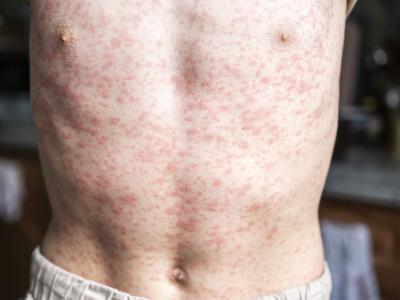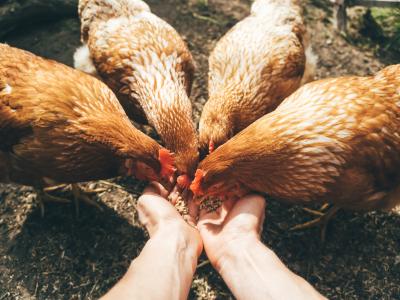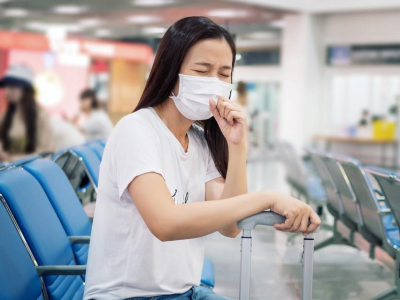Jul 25, 2007 (CIDRAP News) – World health experts have been working under a general assumption that a feared reassortment between human and avian influenza viruses—a scenario that could spark a pandemic—might only occur during a short winter interval, but researchers who recently examined virus circulation patterns warn that time frames for coinfection are wider and sometimes unpredictable.
Researchers Andrew W. Park, from the Institute of Research for Development in Montpellier, France, and Kathryn Glass, from the Australian National University in Canberra, report their findings in the August issue of The Lancet Infectious Diseases.
Though much is known about human influenza patterns in temperate zones such as the United States and Australia, little is known about the seasonality of influenza A infections in tropical and subtropical areas in Asia, where the H5N1 virus is more common, the authors write. Reviewing the timing of influenza A infections, as well as of H5N1 poultry outbreaks and human infections, could reveal useful information for epidemiologists and pandemic planners, they add.
H5N1 patterns
Park and Glass examined the seasonality of the H5N1 virus using data from the World Organization for Animal Health (OIE) and the World Health Organization (WHO) from 2003 onwards as well as articles from the literature on animal outbreaks and human cases in Hong Kong between 1997 and 2003.
They investigated the seasonality of the influenza A virus by searching for published reports of confirmed reports in east and southeast Asia between 1996 and 2005. The researchers also looked for changes in patterns between host range and seasonality by conducting a literature search that covered the period from 1996 to 2006.
After comparing the data, they found that human H5N1 cases generally coincide with poultry infections, though human cases sometimes occur before or shortly after poultry outbreaks. A review of H5N1 isolates taken from aquatic and terrestrial poultry in mainland China from July 2000 to January 2004 showed that a greater percentage of birds were positive for the virus during winter months.
Similarly, the researchers found that the presence of H5N1 in isolates from birds in live poultry markets in China showed a winter pattern, but a number of outbreaks extended into summer months, suggesting that risks are not confined to winter.
Influenza A trends
Surveillance data from the Pacific basin from 1954 to 1988 show a marked variation in human influenza A activity, the authors say. They found that while consistent seasonality of viral activity between December and March occurs in Japan, patterns were not uniform across the rest of the region.
"Periods of moderate to high activity typically last longer in tropical and subtropical regions than in temperate regions, and they occur more frequently than once a year," Park and Glass write. "It is not prudent to assume there is a short period of risk of reassortment."
More influenza surveillance in east and southeast Asia would be useful, especially where H5N1 has been confirmed, they added.
Host changes
The existence of new host populations in which the H5N1 virus is endemic raises the pandemic flu risk to humans, especially when there is close contact between people and the infected animals, the researchers point out.
Between 2003 and 2005 the H5N1 virus was found in several new host species, they report, including tigers, leopards, pigs, raptors, and domestic cats. But they say the greatest concerns are (1) the frequency with which the virus is found in domestic ducks, because the ducks have close contact with people, and (2) isolation of the virus from pigs in China and Indonesia, because receptors in their respiratory tracts make coinfection with human and avian strains and thus generation of reassortant strains possible.
Interventions impact seasonality
Though a review of the H5N1 viral circulation data suggest some seasonal factors, outbreak patterns also appear to be affected by interventions such as culling, the authors report. Migration and movement of birds are also thought to play a role.
"Looking to the future, the suggestion that H5N1 virus has become endemic in ducks is of great concern," the researchers write. Poultry culls have successfully contained the spread of the disease in many instances, but if the virus is endemic in some species, culling might not be practical and animal health officials may need to focus on vaccination and intensive surveillance to contain the virus, they say.
Awareness of the seasonal risk of both human disease and viral reassortment can help health officials design control measures to help prevent an emerging pandemic strain, the authors conclude.
Park AW, Glass K. Dynamic patterns of avian and human influenza in east and southeast Asia. Lancet Infect Dis 2007 Aug;7(8):543-8 [Abstract]



















